Medium Writing
Medium Writing - Part 1
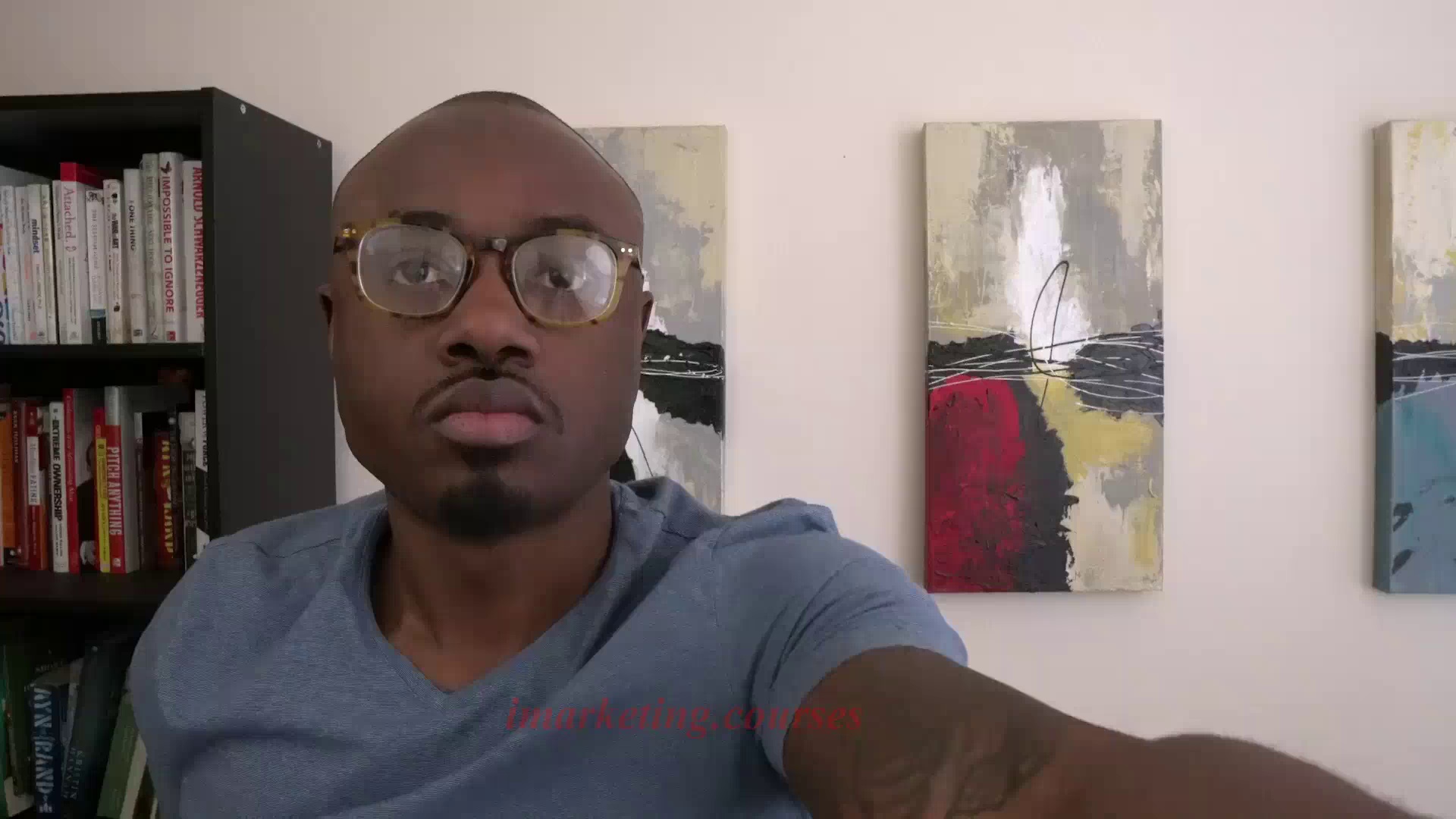
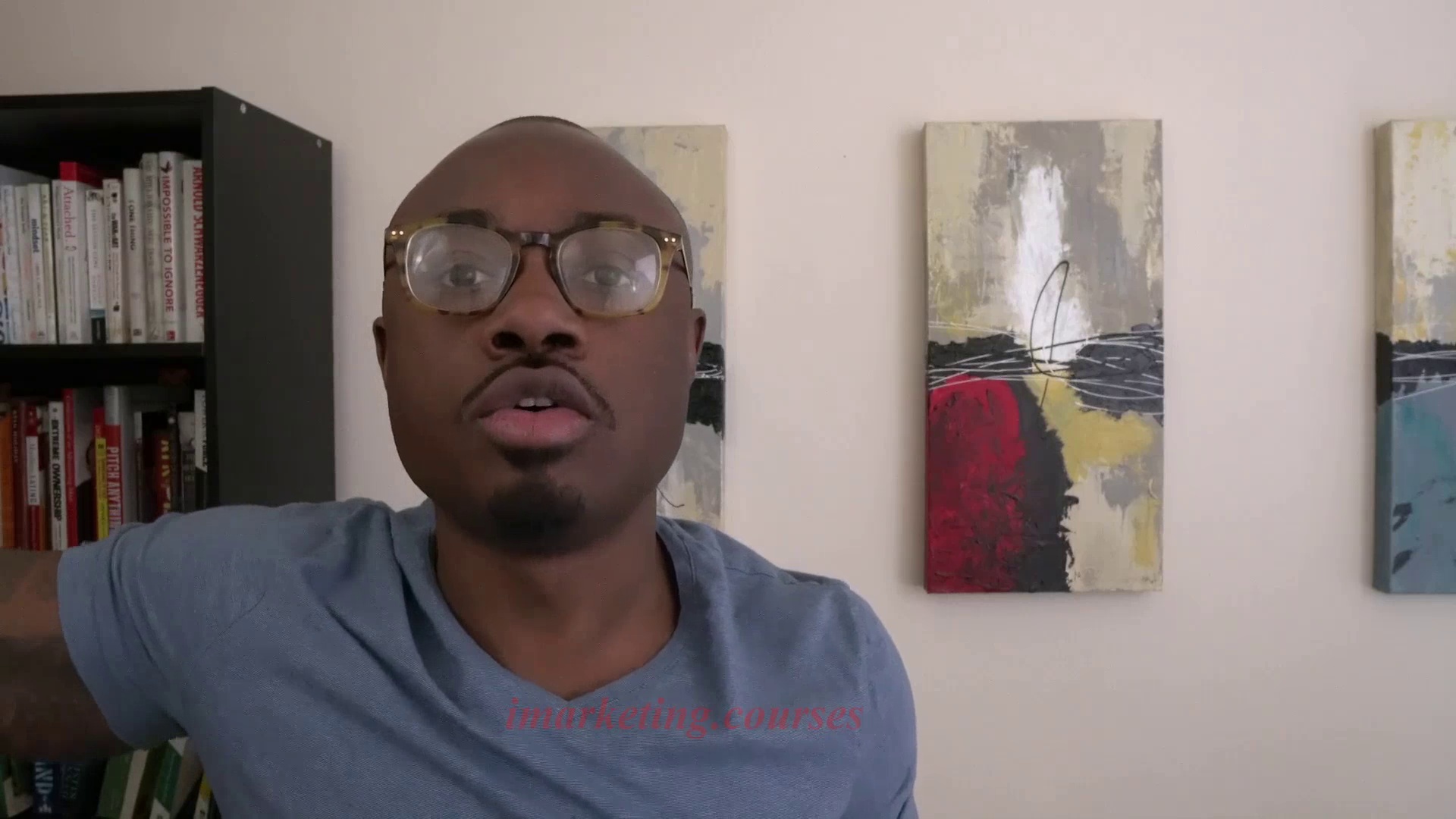
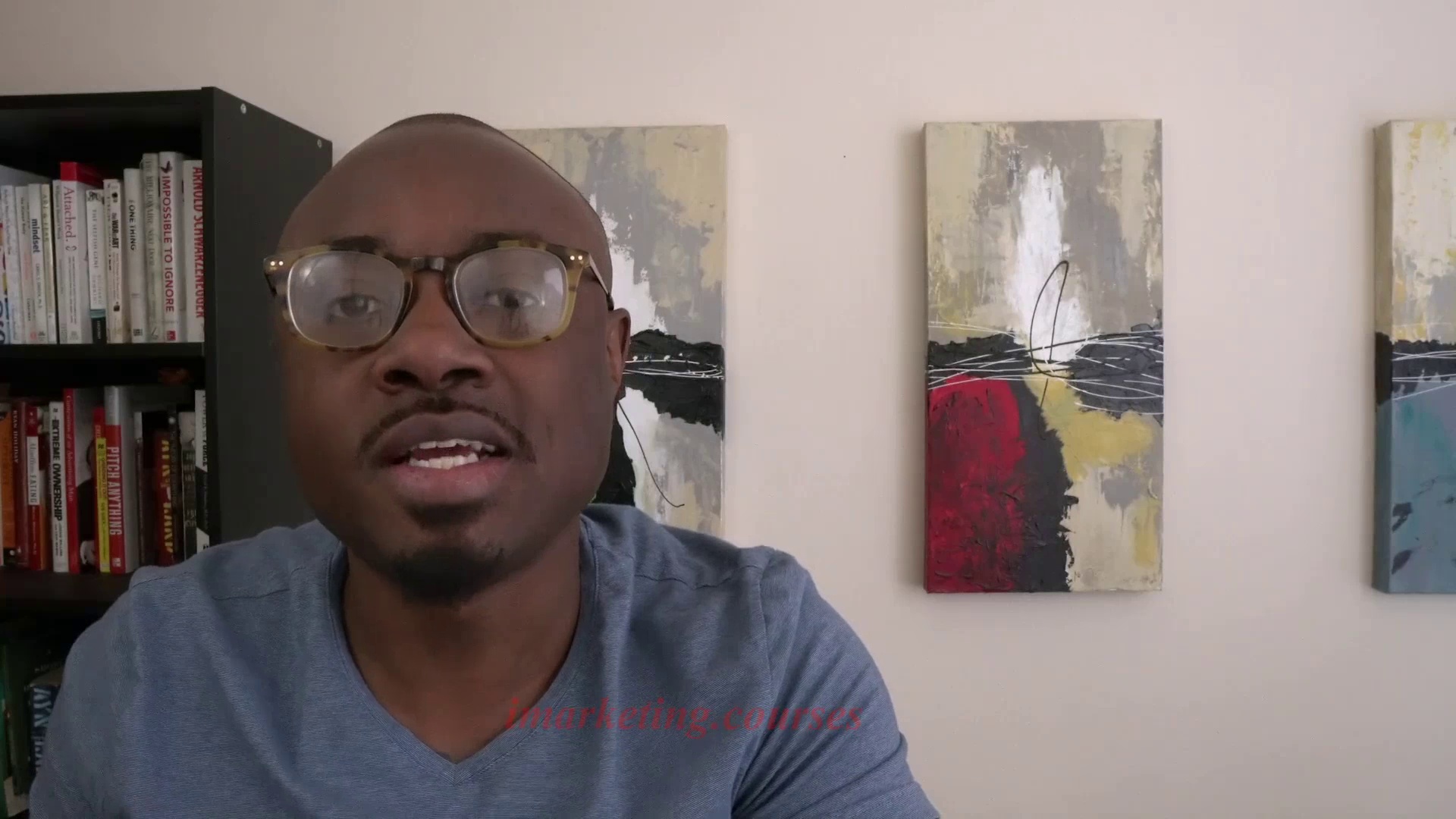
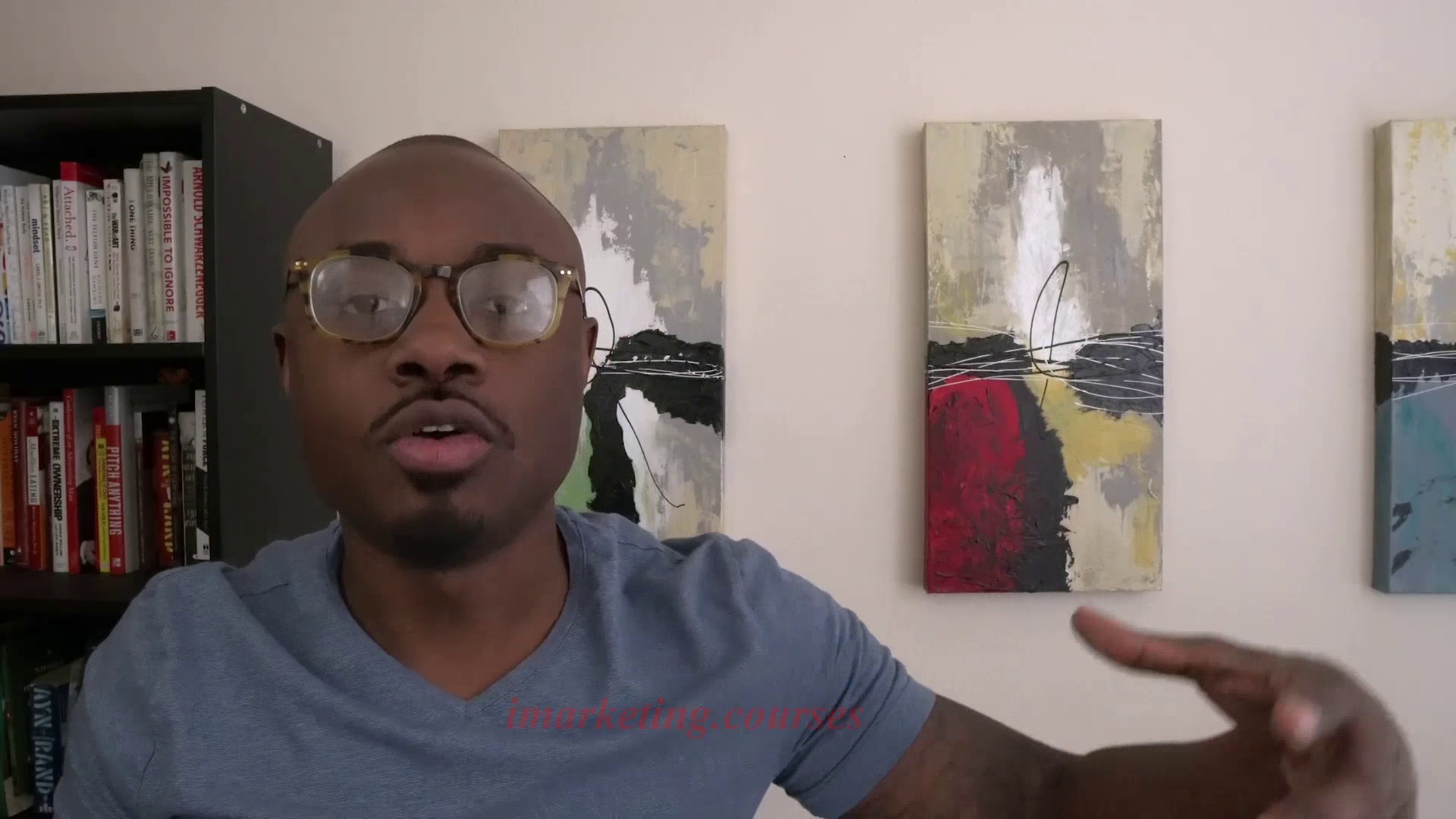
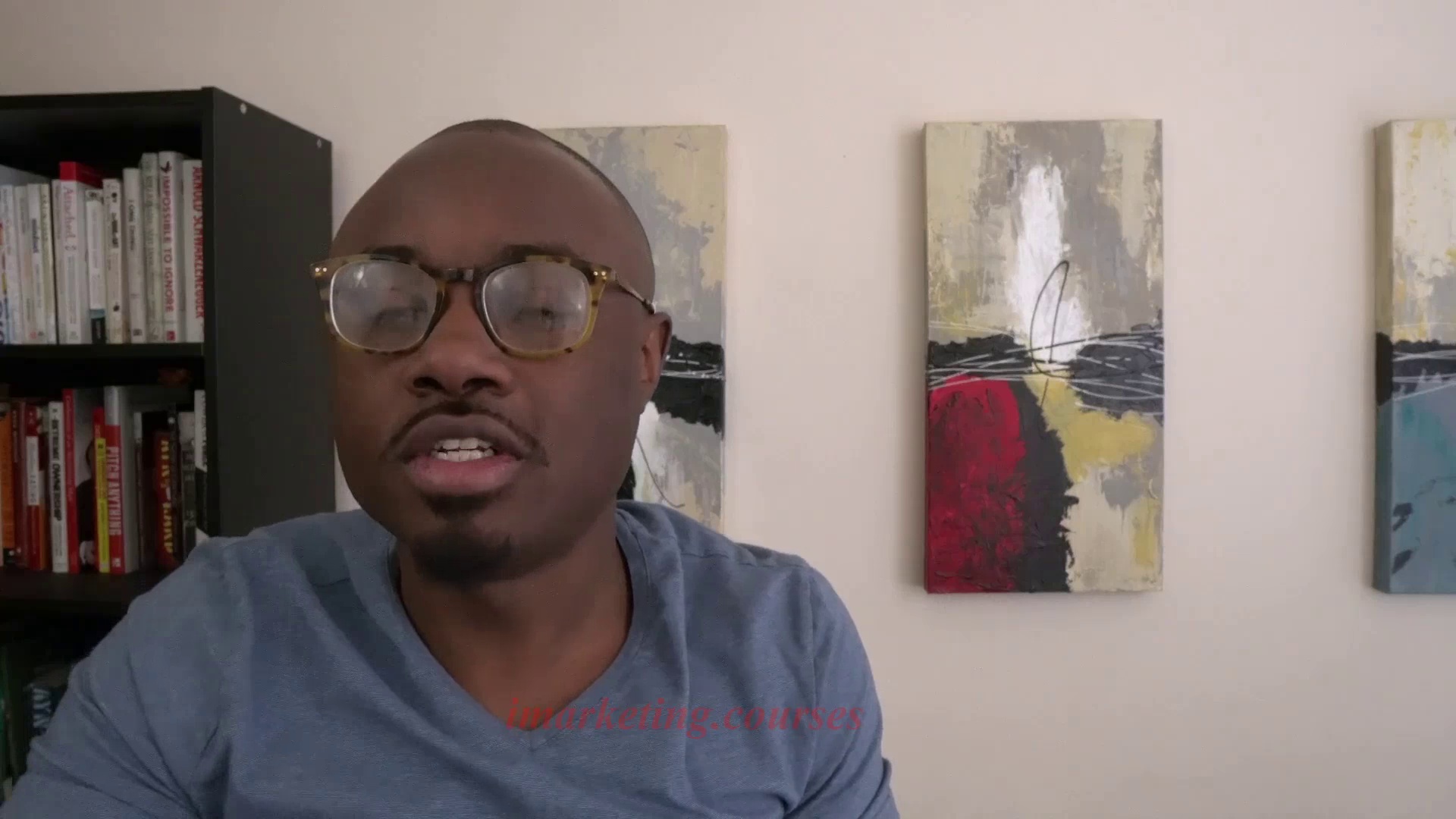
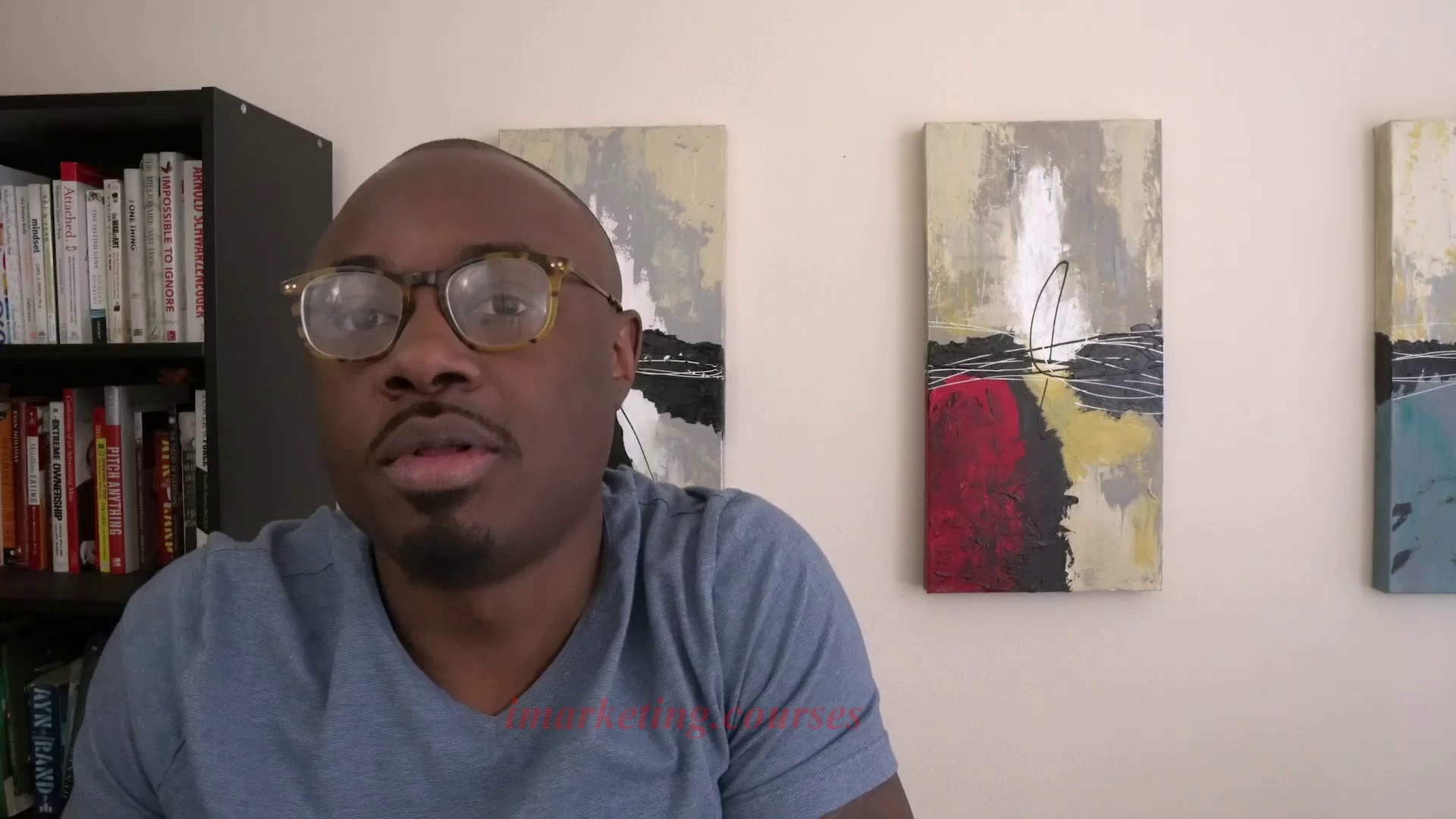
The narrator recommends using simple, structured frameworks for organizing the body of a blog post or article. This makes writing easier and more coherent.
For list articles, structure the body into an introduction, several similarly-structured points fulfilling the headline's premise, and a conclusion. For example, "5 Health Benefits of Drinking Green Tea" would have 5 body points on those benefits.
For essays, a simple 3-point framework works well - 3 reasons why the essay's premise is true. Add supporting details under each main reason. This also works for stories - introduction, unexpected event, climax, resolution.
The narrator says sticking to these structured frameworks makes writing much easier through practice. Later you can try different styles. But for now, the predictable structure helps writers get words on the page.
In the body points, make sure each point supports the overall argument and every detail fits within the point's scope. Use subheadings and dividing lines to break up points and keep readers' interest.
.Medium Writing - Part 2






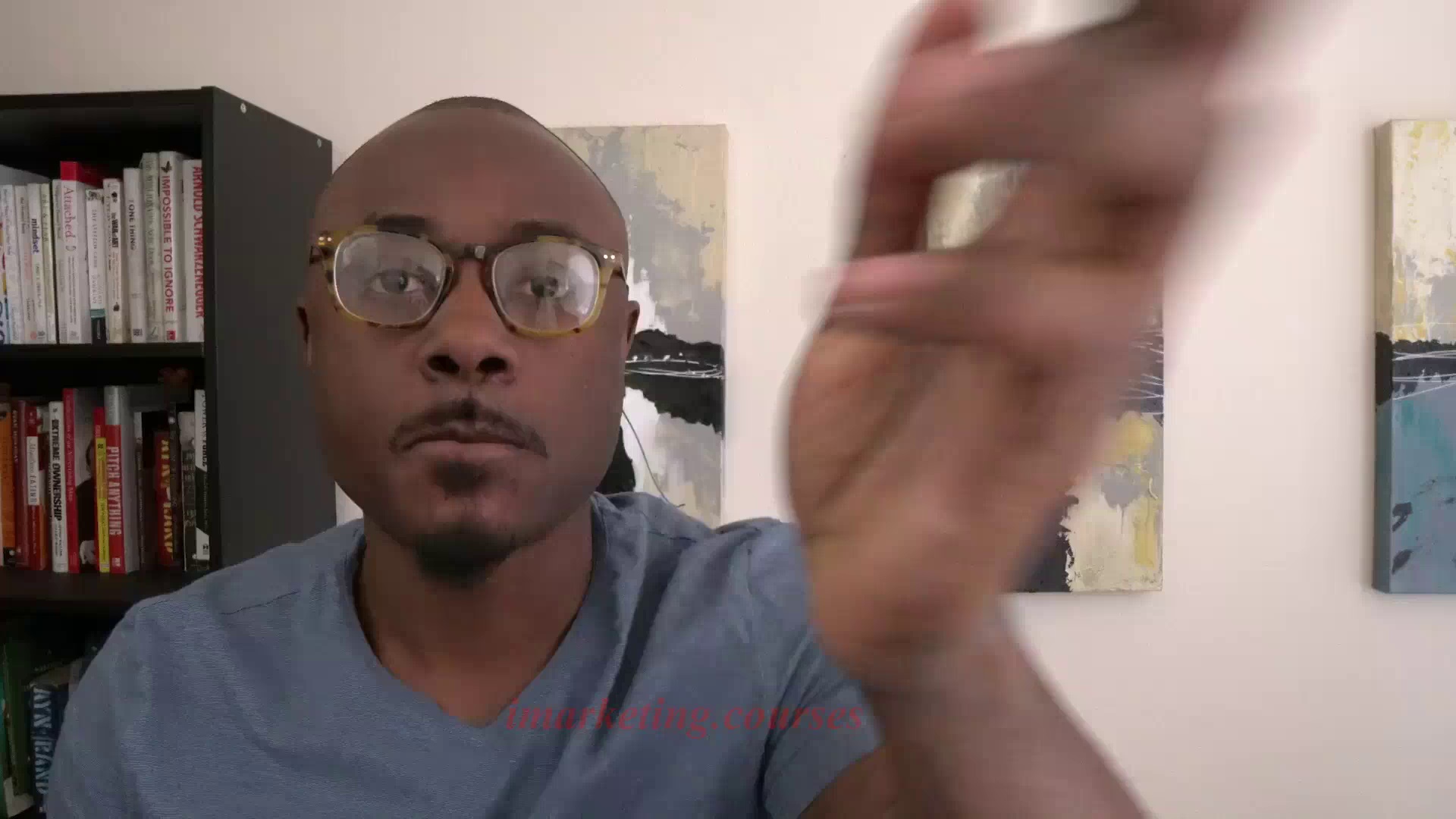
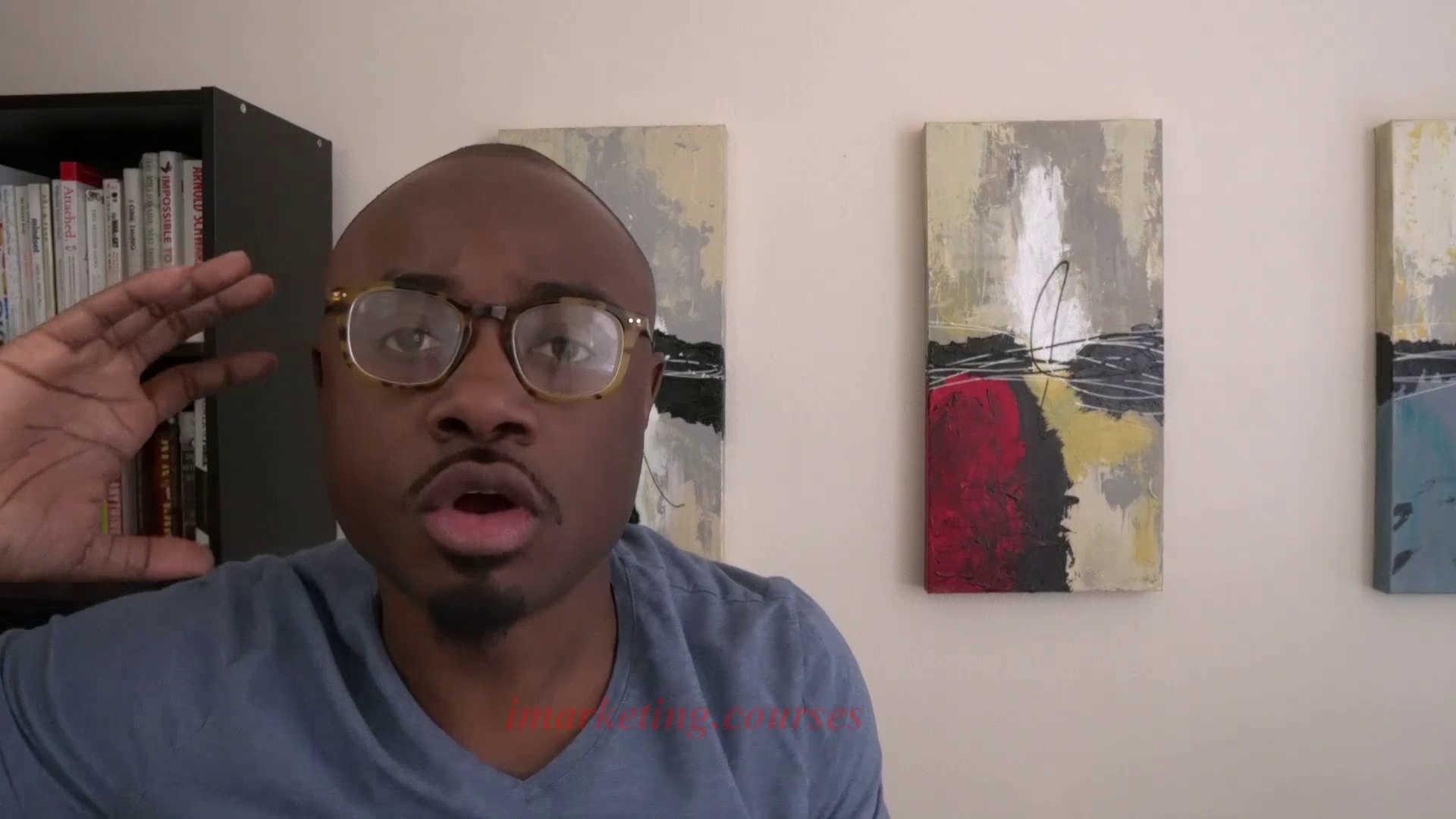
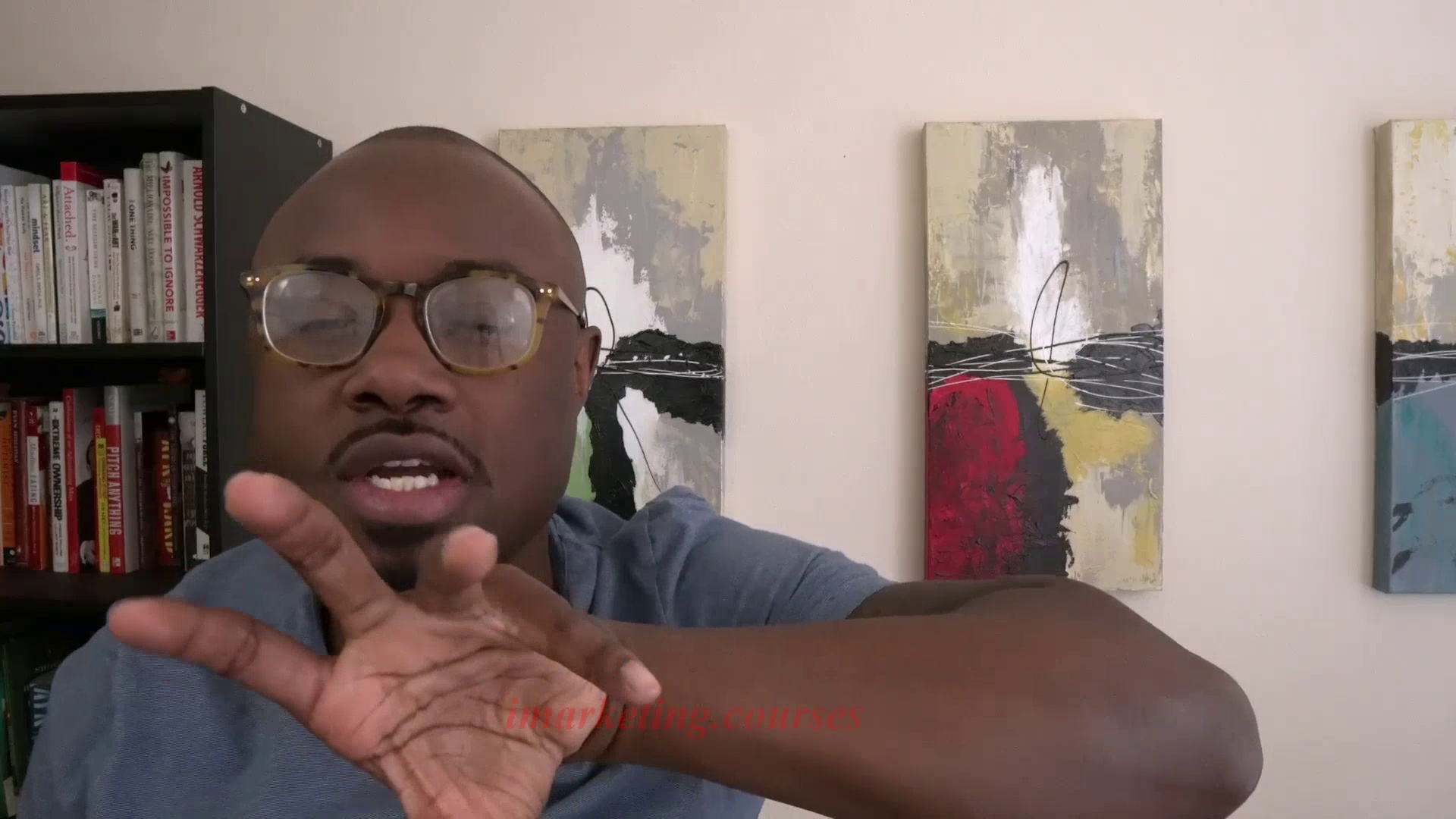
The narrator discussed writing an effective conclusion for a blog post. Key points included:
Goals of a conclusion: Wrap up main topics, recap key points in a bullet list, leave readers with a final thought or question to ponder, end on an inspirational/motivational note to encourage future engagement.
Avoid abruptly ending without tying things up as readers remember how an article makes them feel.
The narrator emphasized structuring posts to capture reader interest - with headlines for clicks, introductions to draw them in, compelling points in the body, and strong conclusions so they remember the content and author.
.Medium Writing - Part 3









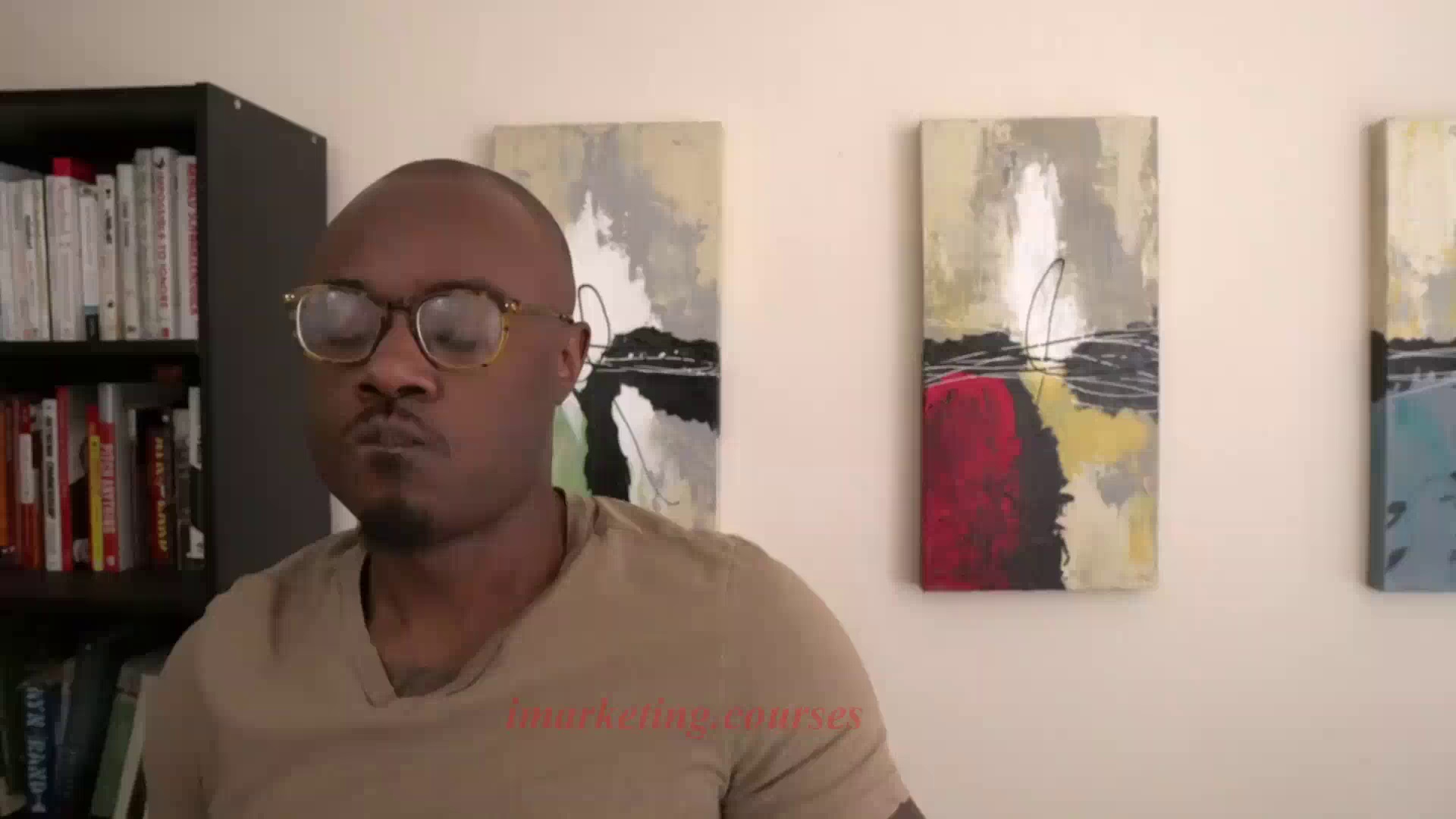
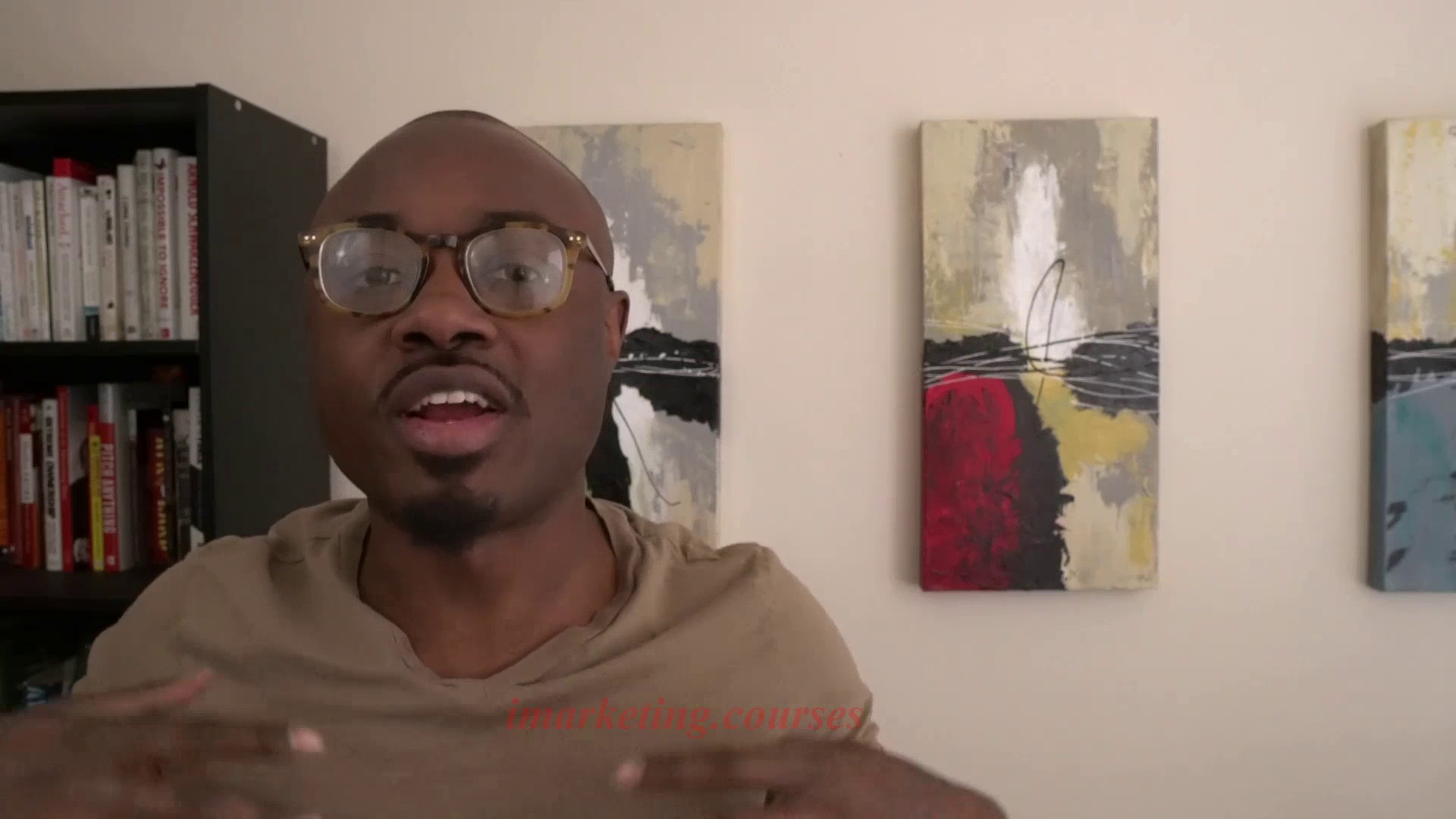
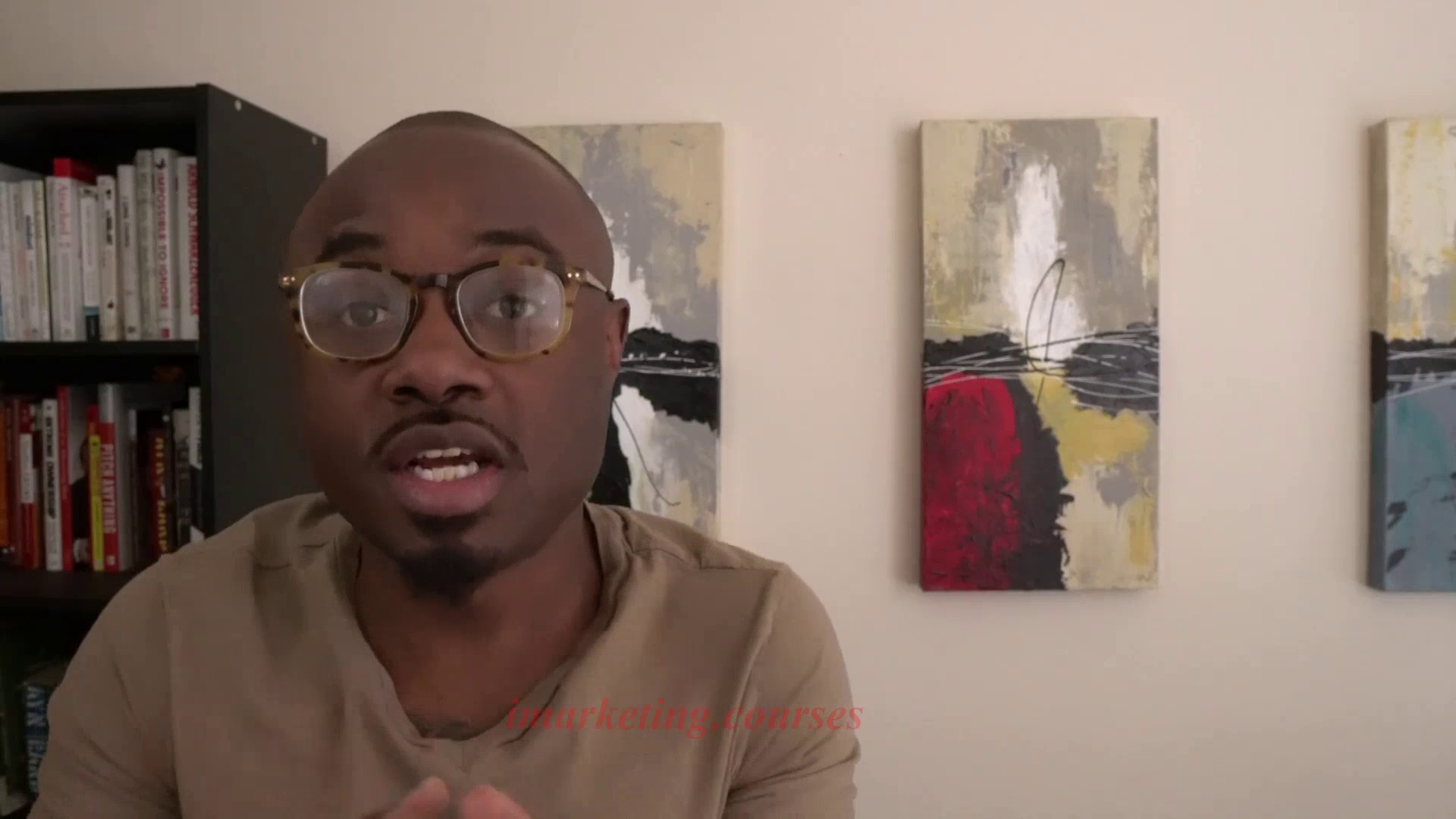
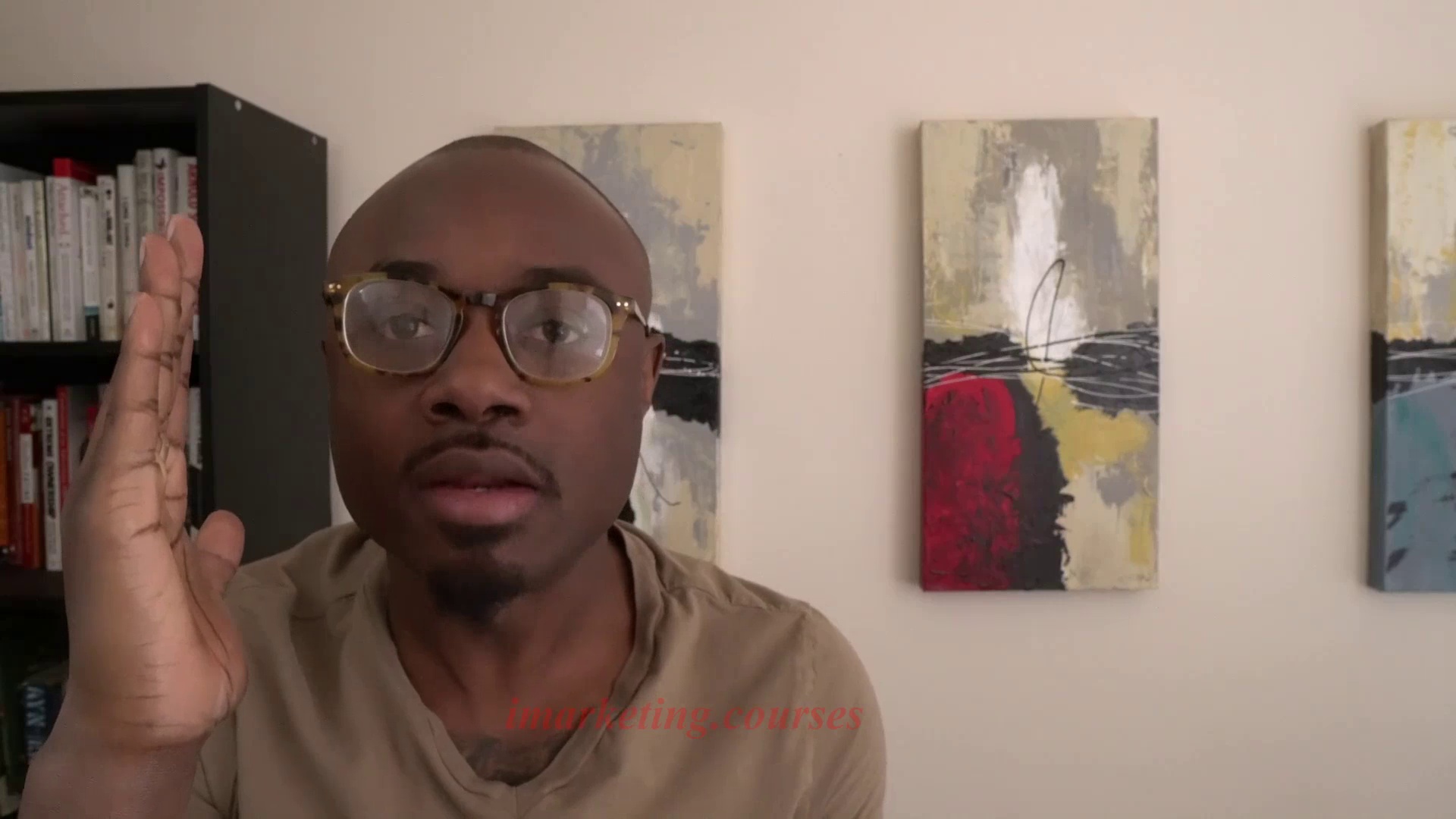
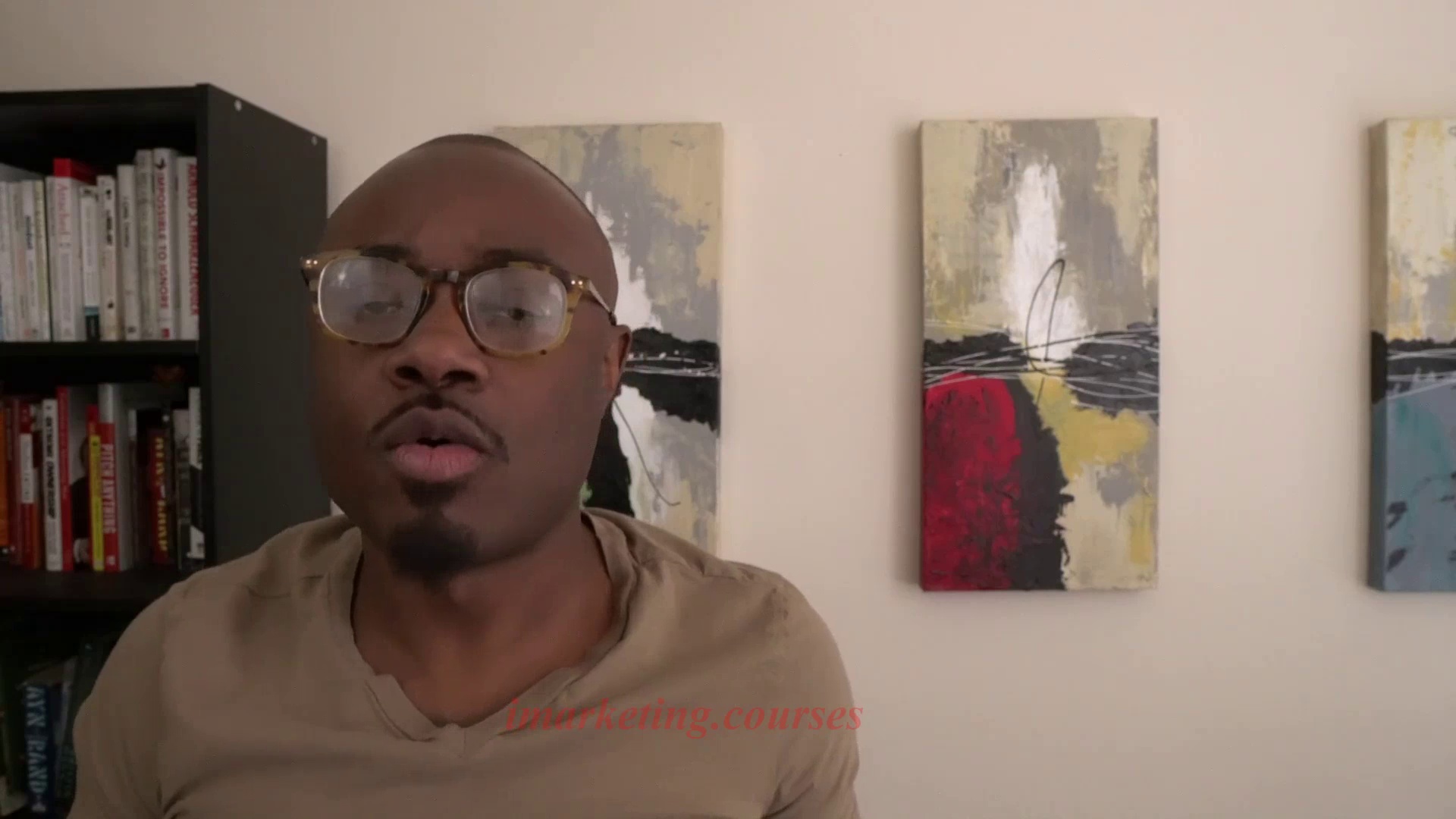
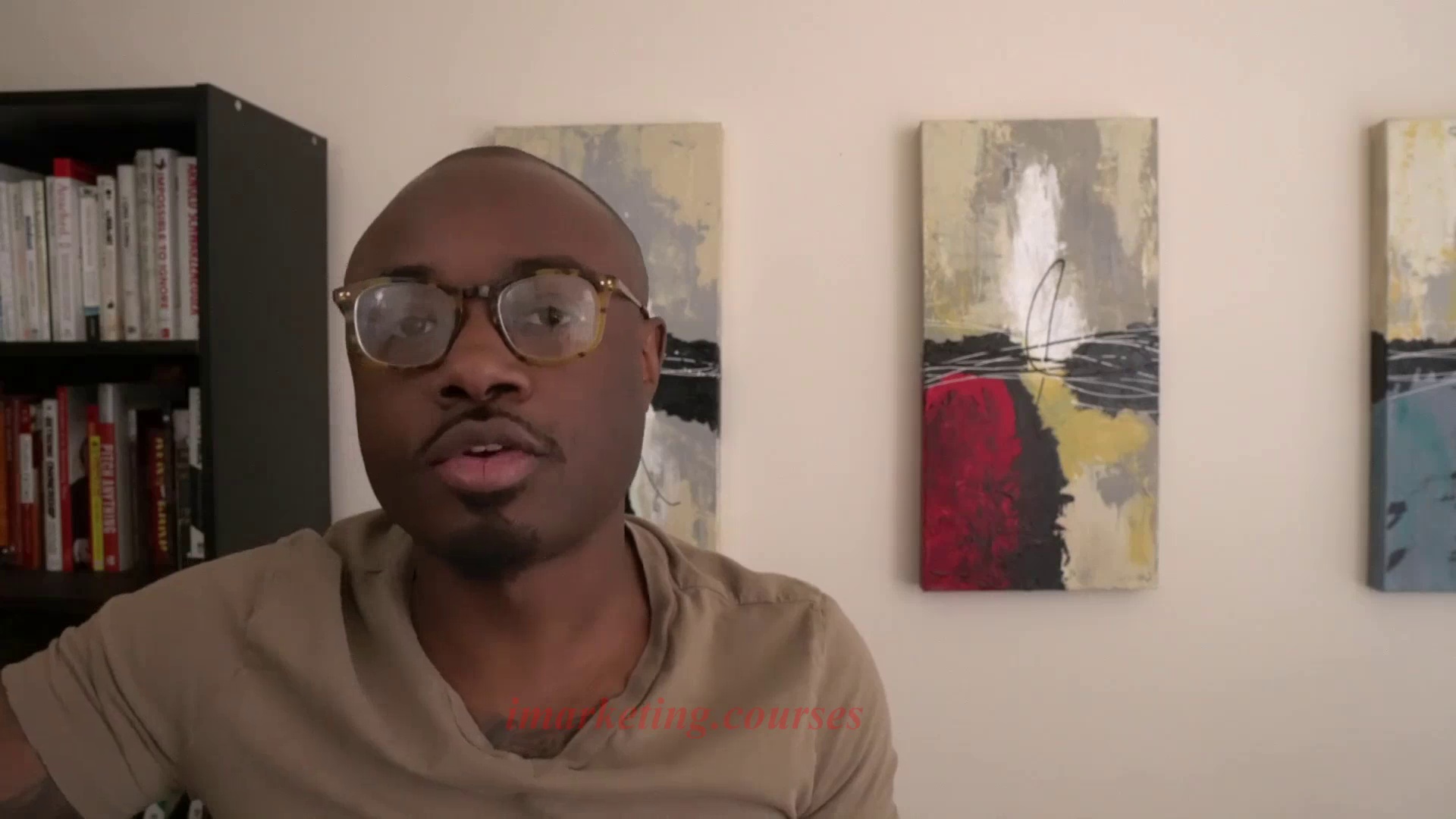
The narrator says that by this point in the course, you should have completed all the pre-work like mind mapping ideas and creating an outline so that you're ready to write your first article draft. If you didn't do the pre-work, you may get stuck when trying to write.
The narrator provides some rules for writing your first draft:
- Embrace writing a "shitty first draft" - don't edit as you write, just focus on getting all your ideas down
- Use placeholders for things you need to research later instead of pausing your writing to look things up, which breaks your flow
- Don't judge your writing quality in the first draft
The narrator says to write your first draft before moving to the next lesson on editing. If now's not a good time, wait until you can fully dedicate time to writing the draft.
.Medium Writing - Part 4















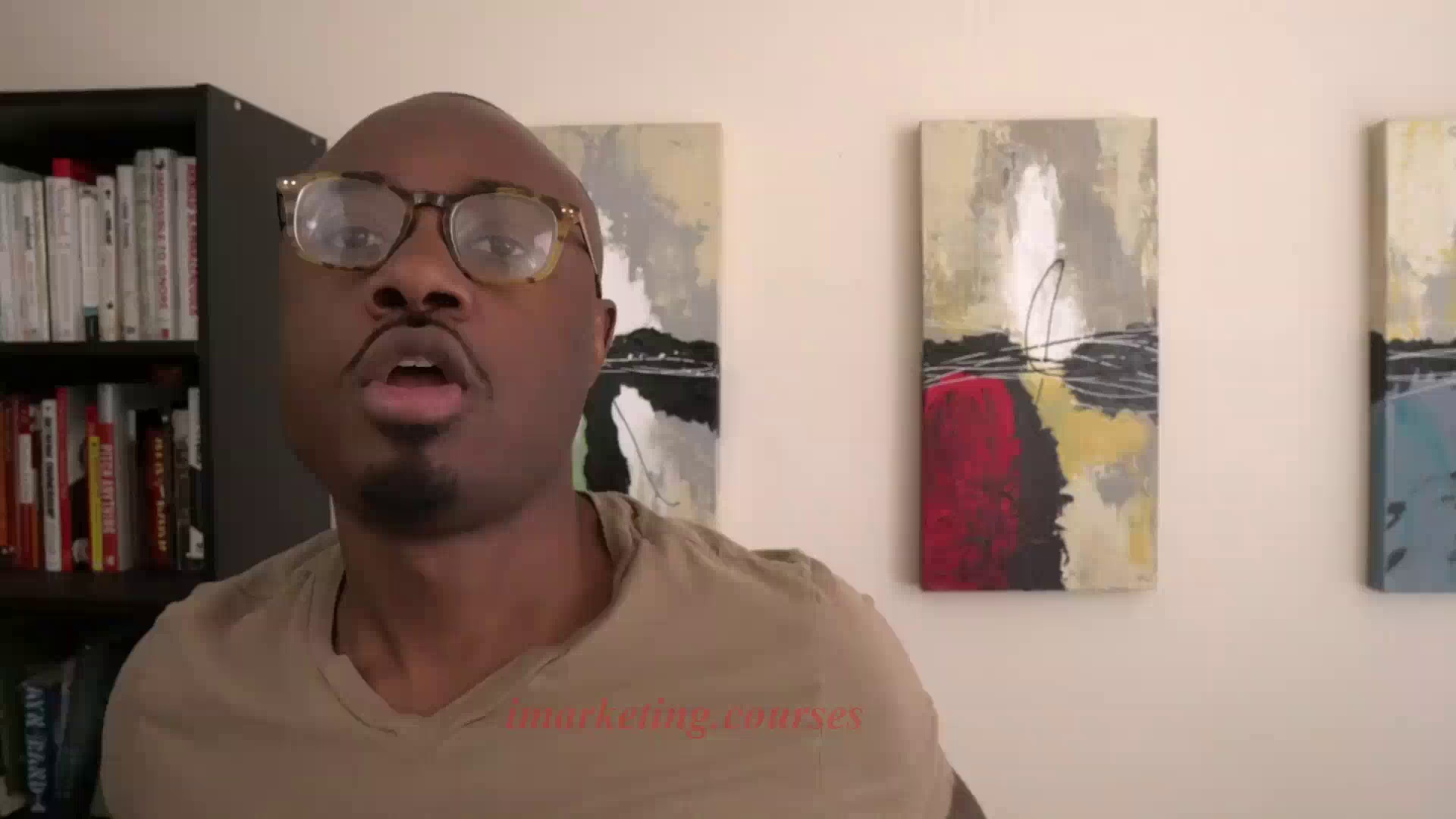
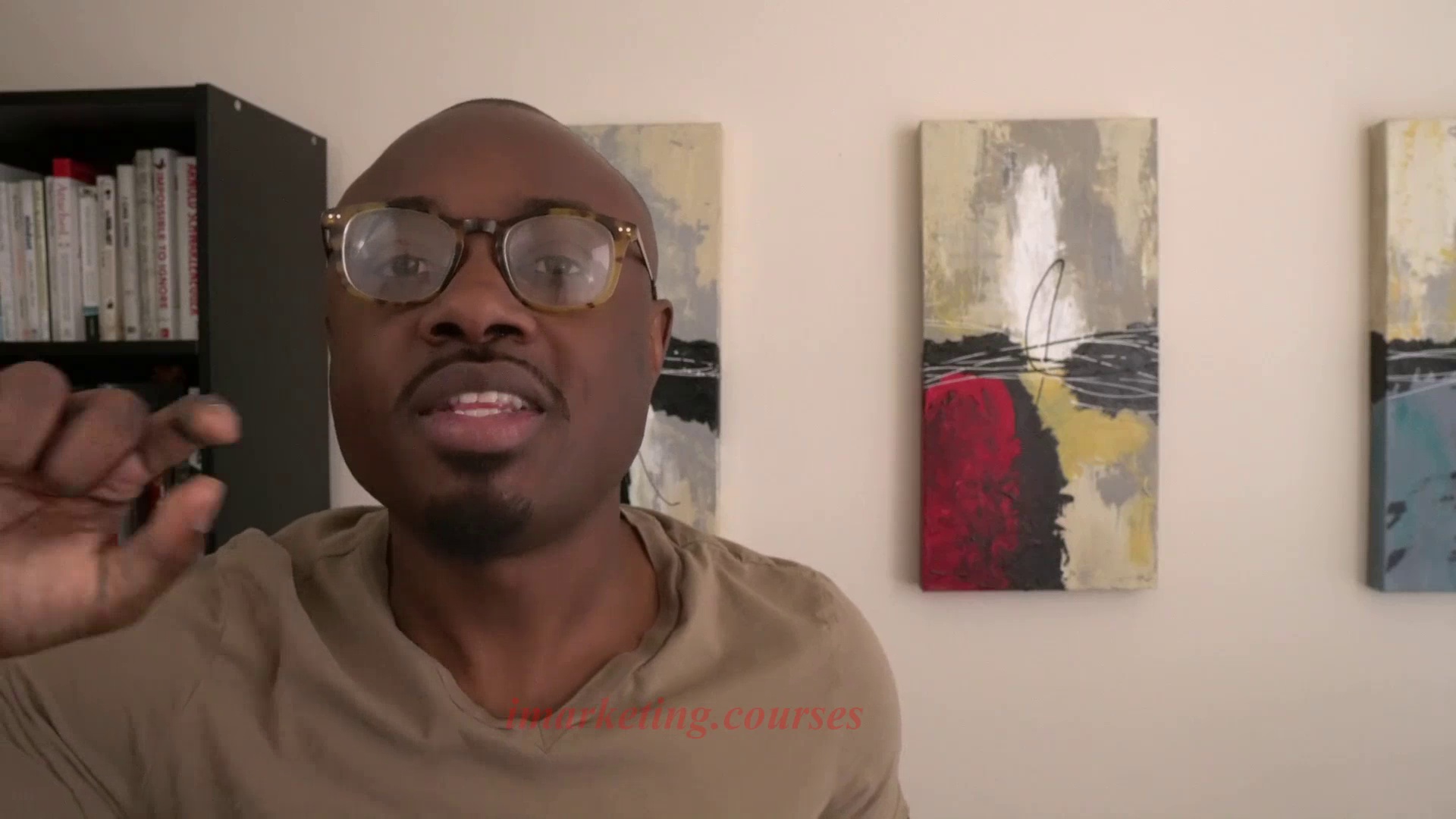
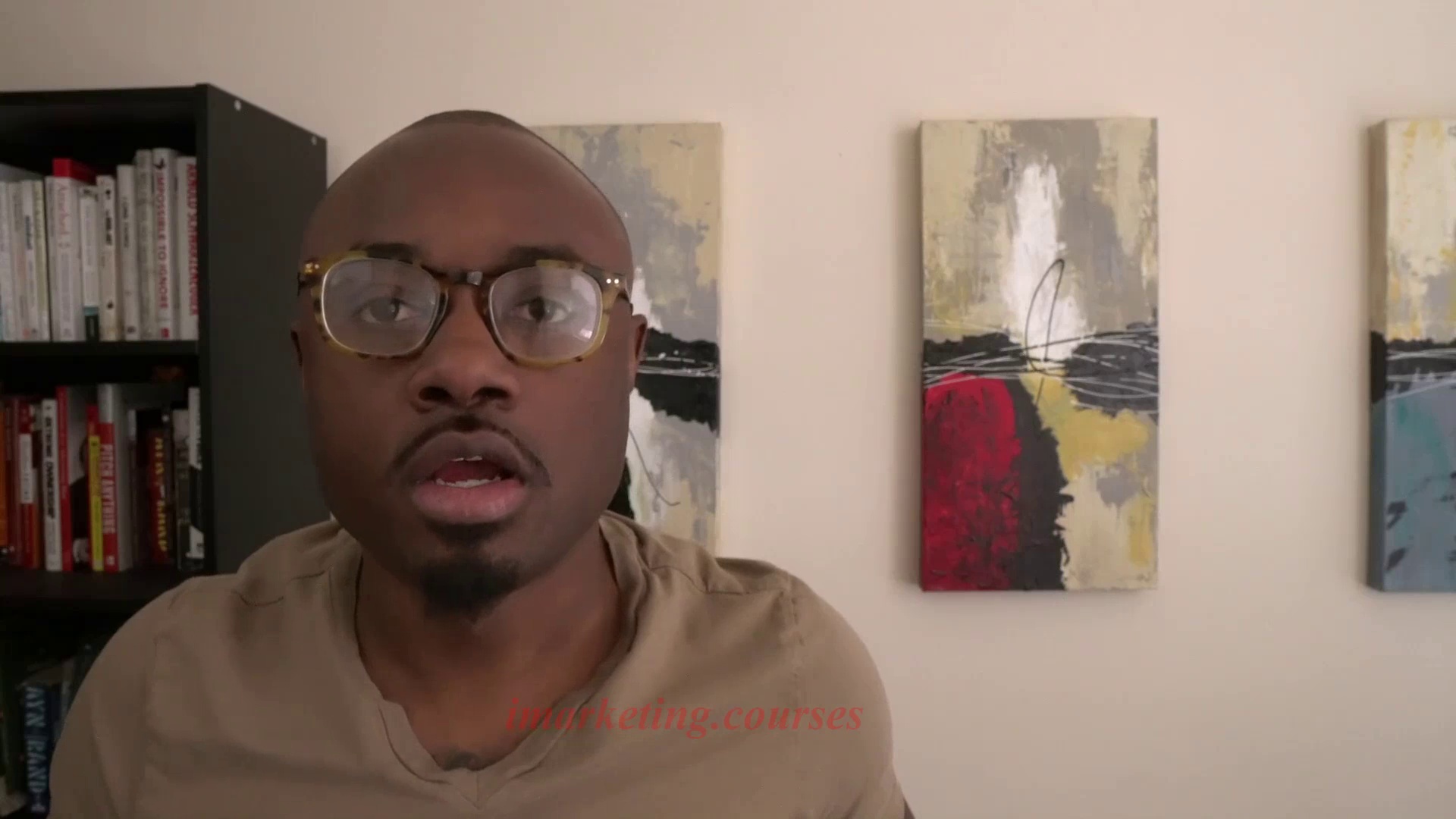
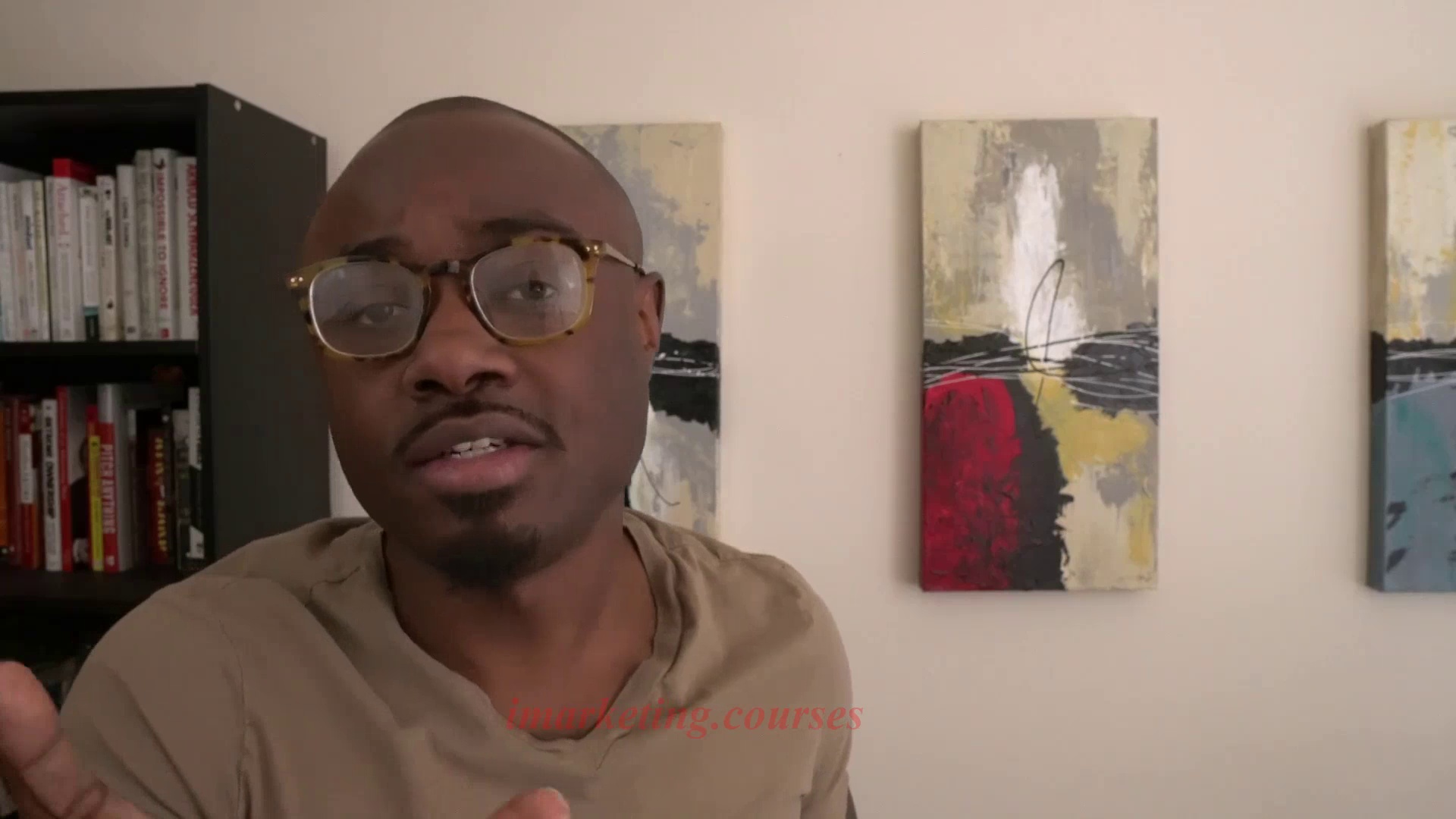

The narrator outlines a three-step editing system to streamline the process of editing written work. In the first phase, read through the entire draft to evaluate overall structure and flow. Expect to remove around 25% of the content by deleting redundant phrases and sentences that don't fit. In the second phase, fill in any gaps that were created in the first phase, adding complementary phrases and strengthening weak points. In the third phase, polish the writing by correcting spelling and grammar, adding any missing data or links, and ensuring accuracy.
The goal is to avoid endless procrastination and perfectionism. While speed is not the ultimate goal, this system builds consistency regardless of one's natural writing pace. When the three phases of editing are complete, the draft is ready for publishing.
.Medium Writing - Part 5





















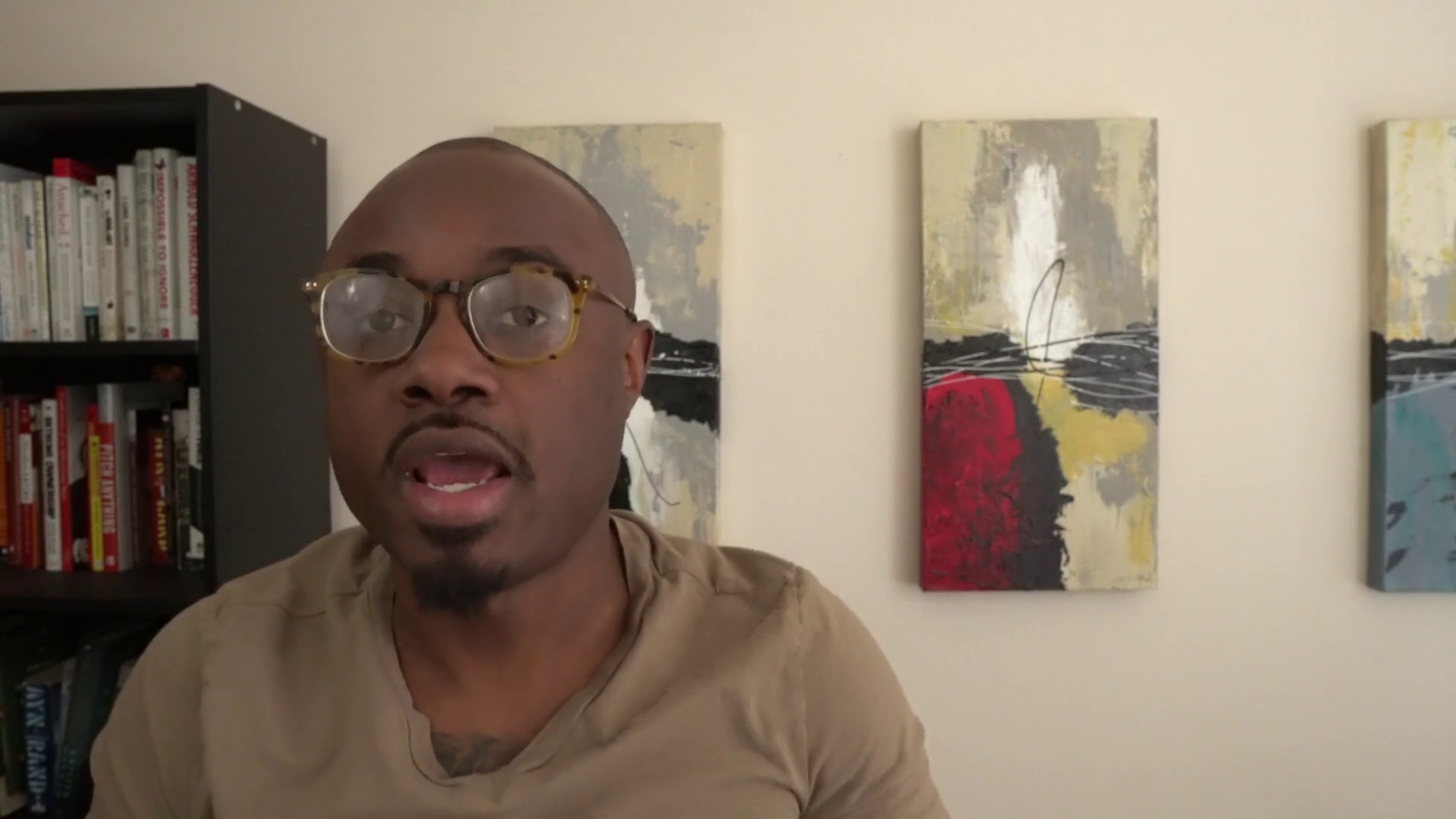
The narrator instructs the listener to publish their article draft onto Medium. They should copy and paste their draft, then format it properly on Medium using headers, quote blocks, paragraphs, and white space.
When publishing, the listener has two options: self-publish directly to their feed, or publish in a publication. The narrator recommends publishing in a publication, but new writers with no audience may need to self-publish a few articles first to have writing samples. These won't get many views, but provide samples for future pitches.
If a publication is available, publish there. If not, self-publish just to get the article live. This article is one of many the listener will create, and publishing it completes the goal of taking action and having a live article.
The narrator then says they will explain their full strategy for continuing to generate article ideas, publish, and promote on Medium going forward.
.